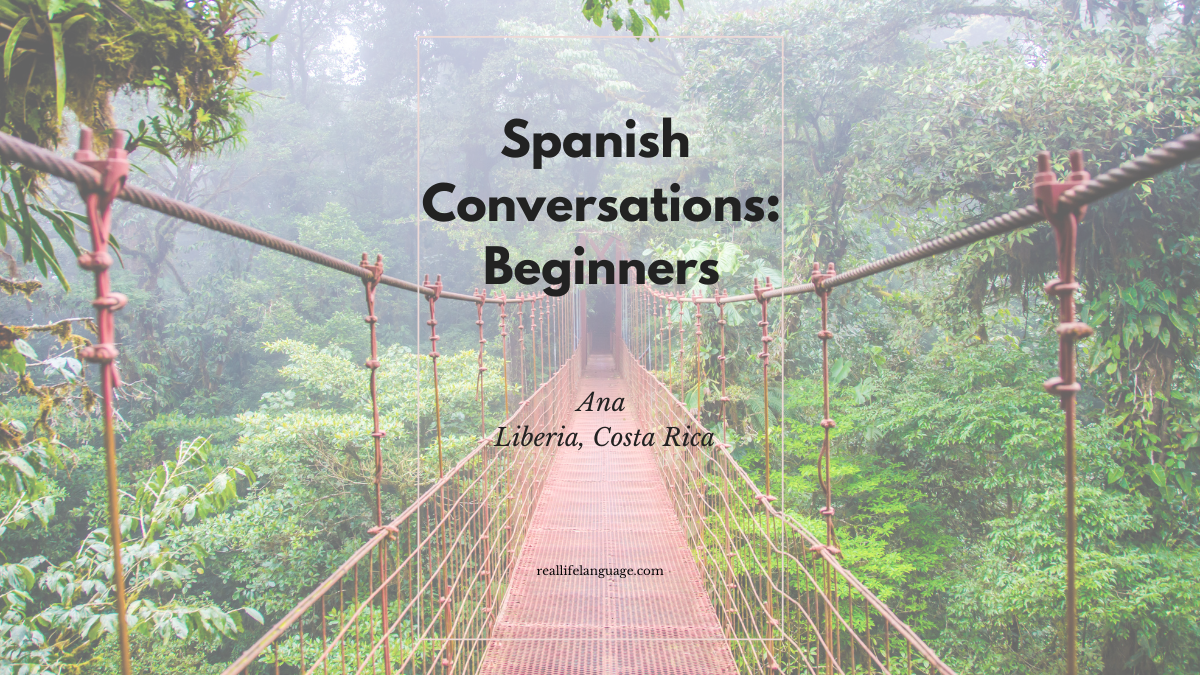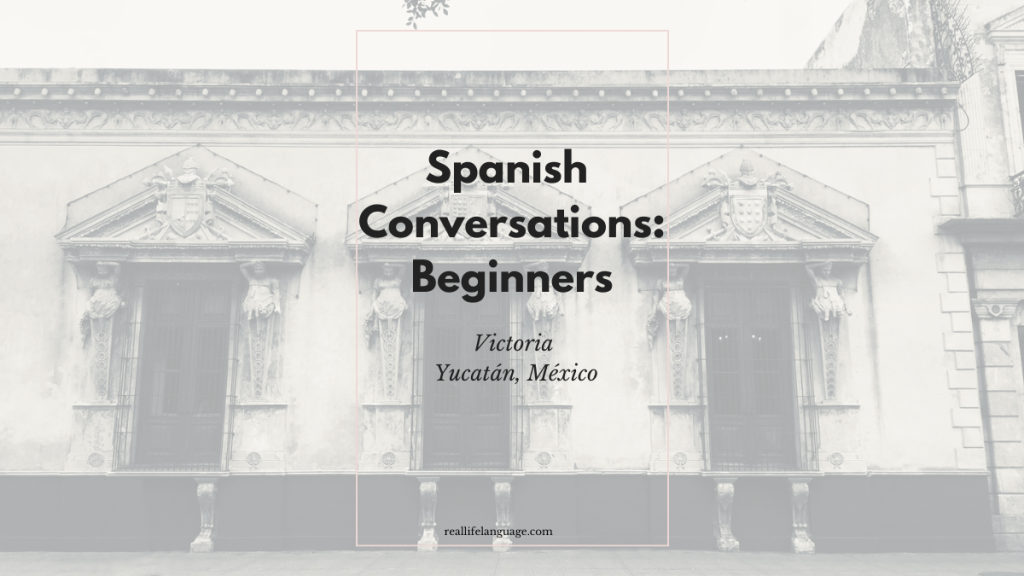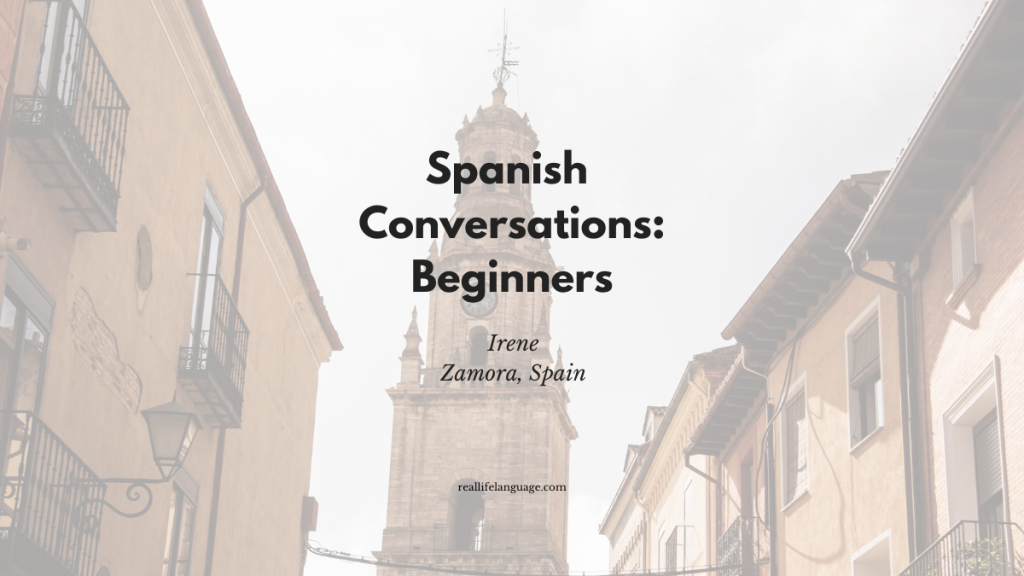
This article is built from a conversational clip featuring Ana, who describes life in Liberia, Costa Rica. It is designed to help those who want to learn Spanish by listening to natural, everyday speech. Readers will find vocabulary, phrases, cultural notes and practice activities inspired by Ana’s descriptions of her city, home and daily life — all in a friendly, practical format to help learners improve comprehension and speaking skills.
A quick portrait of Liberia (as Ana describes it)
Ana paints Liberia as a flat, hot and fairly busy town with a traditional centre: a Catholic church, a park in front and the usual municipal institutions. It’s also an international, service-driven place because of the hotels — many people move there from other parts of Costa Rica seeking work. Key features Ana mentions:
- One main shopping centre and several small ones: “centro comercial” / “shopping centre”.
- Few large parks; a principal park called “el pulmón” where people walk and run.
- Many churches (Catholic and Protestant) and a strong greeting culture: people say “buenos días” or “buenas tardes”.
- Newer trends: yoga studios, small alternative shops selling locally made products and a movement to buy products produced in Costa Rica.
- Popular foods and treats in the streets: “agua de pipa” (coconut water) and “granizado” or “raspado” (shaved ice with syrup and condensed milk).
- Traditional festivals twice a year (including local celebrations on 25 July) and some controversial activities such as bull events, which some locals oppose because of animal mistreatment.
Useful vocabulary and phrases from the conversation
Below are practical words and short phrases learners can use to talk about cities, houses and daily life.
- ¿De dónde eres? — Where are you from?
- ¿Dónde vives? — Where do you live?
- Buen(os/a) día(s) — Good morning / Hello (formal/informal greetings)
- Agua de pipa (ah-GWA de PEE-pah) — coconut water
- Granizado / raspado — shaved ice with syrup and condensed milk (a sweet street treat)
- Parque — park (Ana’s “el pulmón”)
- Casa de un piso — one-storey house
- Oficina — office / study room
- Bahareque — traditional construction material (like wattle and daub)
- Veraneras — flowering trees that Ana mentions in her garden
Pronunciation tip
Read phrases aloud and try to mimic rhythm and intonation. For greetings, practice: “Buenos días” (BWEH-nos DEE-as) and “¿Cómo está?” (KOH-moh es-TAH) for polite conversation.
Mini-dialogues for practice
Use these short roleplays to practice speaking and listening. Swap roles or record yourself shadowing Ana’s conversational topics.
- At the park
— ¿Dónde está el pulmón?
— Está en el centro; mucha gente va a correr allí. - Buying a drink
— ¿Tiene agua de pipa?
— Sí, fresca, aquí mismo. - Describing a house
— ¿Cómo es tu casa?
— Es de un piso, tiene jardín y una oficina pequeña.
Culture notes and learner tips
Ana’s account highlights social habits that are useful for anyone who wants to learn Spanish and understand everyday interactions:
- People often greet even strangers; saying “buenas” or “buenos días” goes a long way.
- There’s a growing interest in buying local: useful vocabulary includes “hecho en Costa Rica” (made in Costa Rica) and “productos locales”.
- When discussing festivals, use “fiestas populares” and date references like “25 de julio” for local holidays.
- Respectful language for sensitive topics: when talking about animal welfare, phrases like “no me gusta el maltrato a los animales” are helpful.
Practice activities to help you learn Spanish
- Shadowing: Play the clip and repeat Ana’s sentences aloud, imitating rhythm and intonation.
- Vocabulary flashcards: Create cards for words like “agua de pipa”, “granizado”, “parque”, “bahareque”.
- Roleplay: Pair up and use the mini-dialogues to practice greetings, shopping and describing houses.
- Write a short paragraph describing your own town using Ana’s vocabulary (use present tense and simple sentences).
Conclusion
Ana’s description of Liberia offers a compact, real-world lesson for learners who want to learn Spanish using everyday topics: greetings, food, local culture and the vocabulary of home and city life. Practise the phrases, try the roleplays and listen actively — natural conversations like this are excellent stepping stones toward fluency.
To deepen practice, watch the original conversation and repeat the exercises above while listening. Buen aprendizaje — happy learning!
100s of videos to learn Spanish:
https://real-life-language.kit.com/b1531a6404
Learn Spanish with Everyday Conversations: Meeting Cynthia from Jalisco

